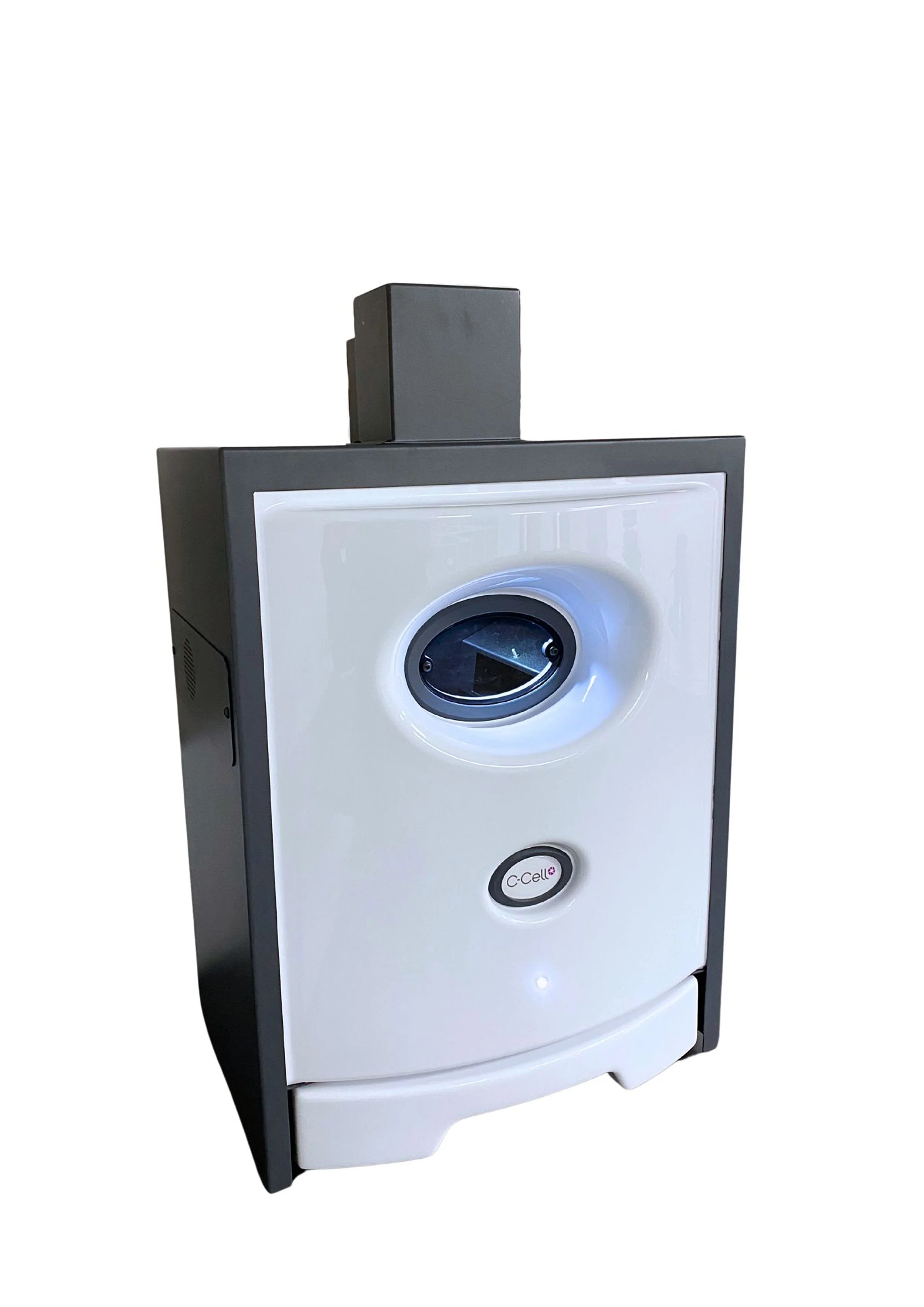C-Cell Advanced System
C-Cell Advanced is an advanced digital imaging system for analysing bread and other baking products.
This instrument takes a high resolution colour image of the product sample and uses this as the basis to provide detailed, objective data about baking quality.
This data includes:
Internal structure
External feature
Number of cells
Net cell elongation
Non uniformity
Cell diameter
Number of holes
Wall thickness
L*a*b* crumb colour
Internal inclusion analysis
Bread scoring.
What Products Can You Test using C-Cell Advanced?
You can use C-Cell Advanced to test the quality of:
Bread
Biscuits
Cake
Snack foods
Aerated products
Chocolate and confectionery.
How Does C-Cell Advanced Work?
C-Cell uses detailed image analysis to evaluate samples of bread and baked goods:
You place the sample in the instrument’s built-in drawer
C-Cell will capture a digital, high-resolution image of the sample
The instrument then performs a detailed analysis of this image
The results appear on-screen.
The instrument takes two images of the sample simultaneously to generate a depth of contrast and lighting that will provide a broader and deeper range of results.
C-Cell Advanced is designed and built to optimise image quality. It performs its analysis of images in a single, quick operation.
The data it produces is objective, reproducible and you can easily transfer it to other devices, along with the images the C-Cell captures.
Analysis of this data provides different measurements for evaluating the bread or other sample. Data available from C-Cell includes:
Cell data, including cell numbers, cell area, and cell structure
Dimensions of the sample
Features, including height, concavity, oven spring and break points
Crumb and structure.
C-Cell Advanced saves this data to a secure database, which makes it convenient for future access and re-analysis.
You can export this data in different formats, including reports and spreadsheets.
Where and How Can You Use C-Cell Advanced?
C-Cell is the perfect baking analyser for bakeries, millers, food manufacturers and distributors and food research centres.
It is a valuable and practical tool for quality control and quality assurance, and supports several key processes and activities, including:
Test baking
Flour milling
Research and development
Ingredient testing
Bakery equipment manufacturing
Plant breeding and research.
What are the Benefits of the C-Cell Advanced System?
The C-Cell Advanced system is a rapid and technically advanced way of measurement and analysis for bread, baked products and other foodstuffs. It will provide objective results.
Its specialist bread scoring algorithm makes it widely applicable for a broad range of products. Bread scoring provides critical information about the external features and internal structure of samples.
C-Cell saves time when analysing these products, and it can improve production efficiency.
It provides the potential for making long-term improvements in production and research.
You can store the data C-Cell provides securely, creating a useful archive, which you can refer to and constantly review and re-analyse as part of product refinement and development.
C-Cell Advanced can carry out batch analysis to make the testing process quicker. It can demonstrate consistency or differences in batches with statistical data.
The system is fully customisable, so you can set your own benchmarks using its software.
Is C-Cell User-friendly?
C-Cell is designed for you to install, set-up and use straight away.
If you do need help, there is a dedicated online customer support team on hand to answer questions and provide technical advice.
There is also the option to sign up for full team training.
The C-Cell Advanced’s built-in software features are there to make the system easy to operate:
Dynamic screen displays – flexible data display options, offering easy comparison of images and samples
Batch analysis – for faster, more efficient operations
Advanced calibration – improving data reliability and reproducibility
Rapid sample ID –auto-numbering and product ID for rapid sample processing with minimal data input, offering efficiency and reducing error.


